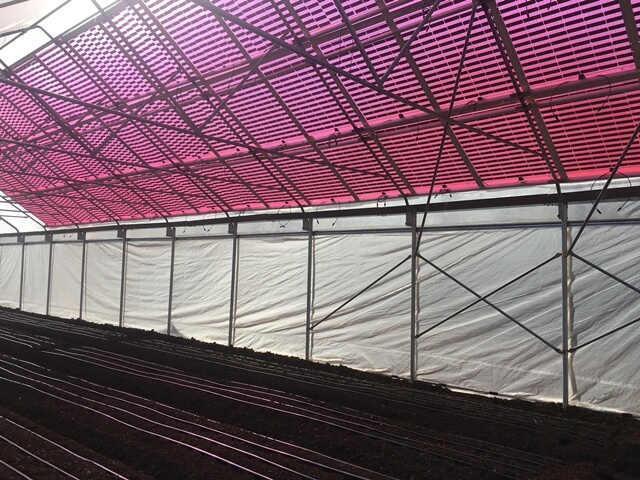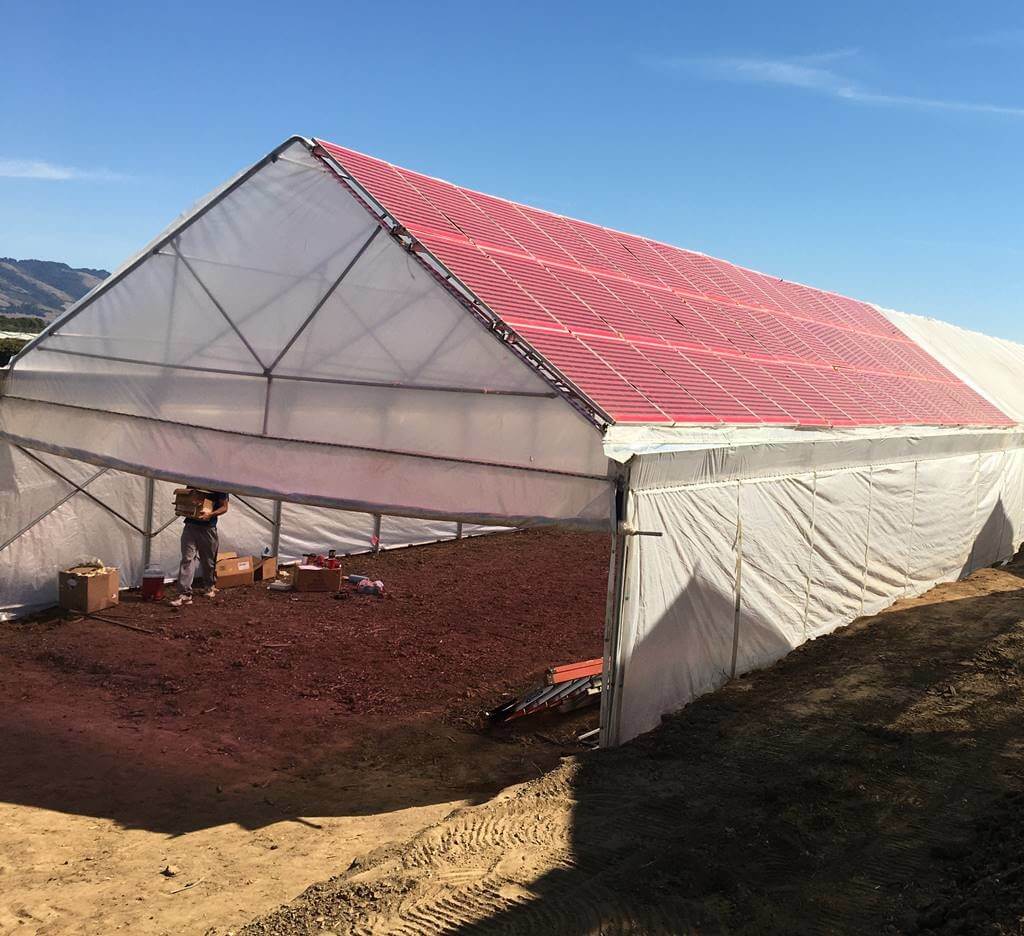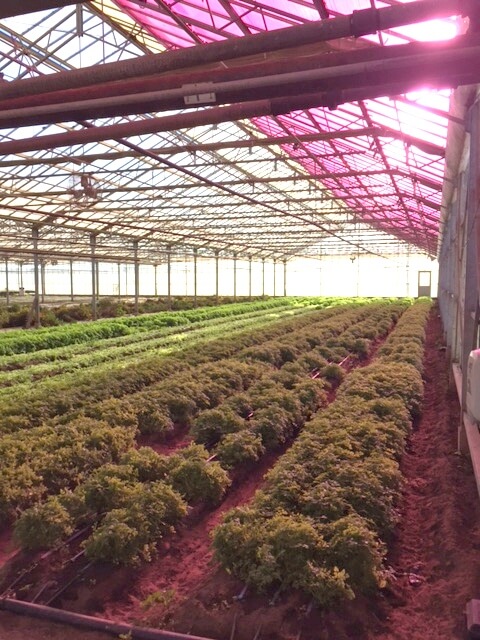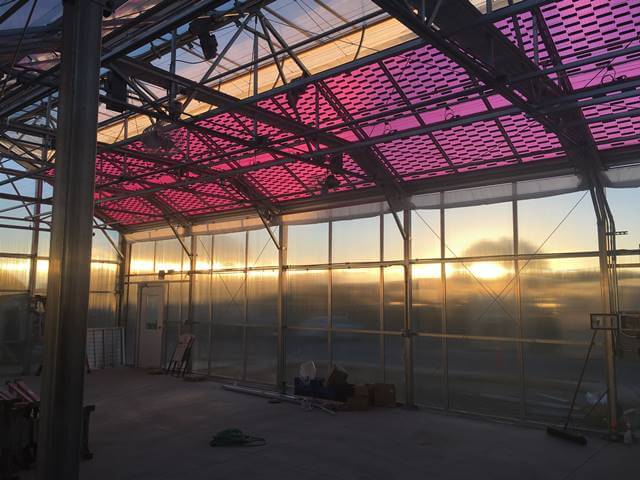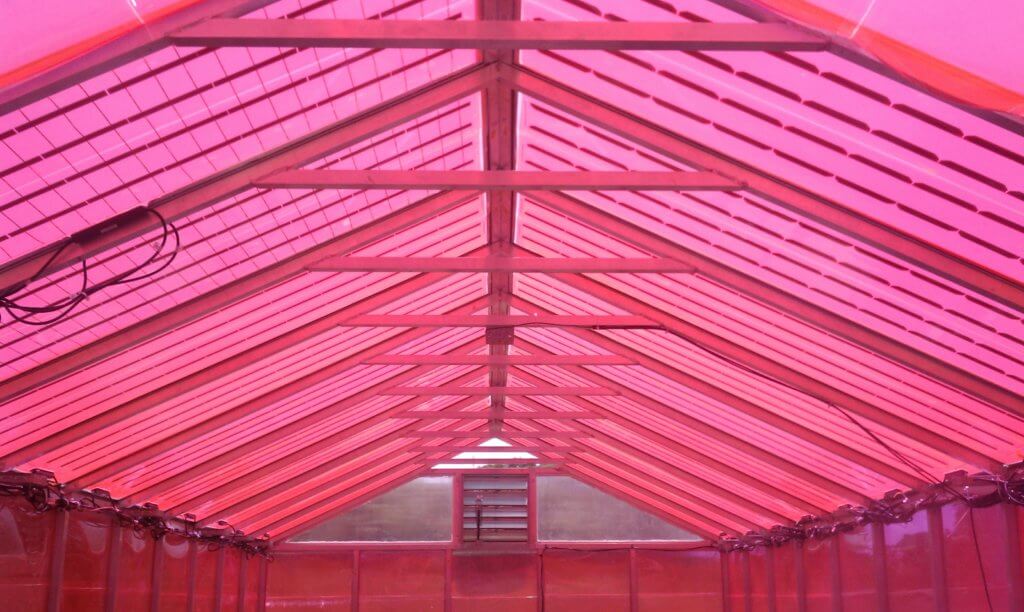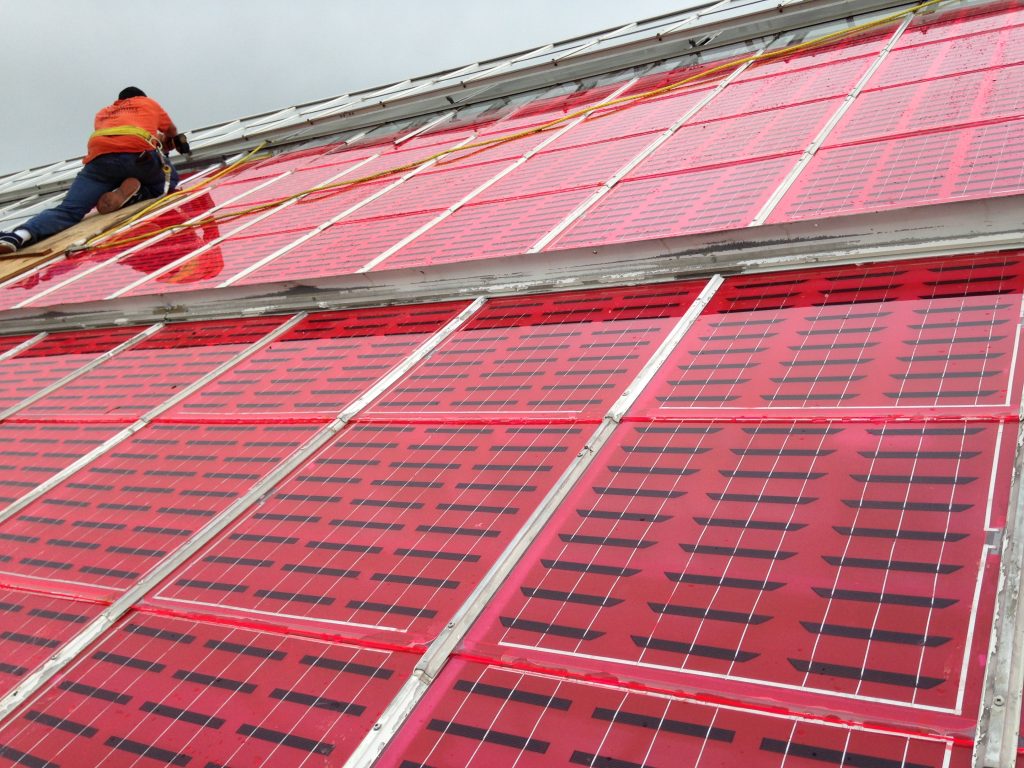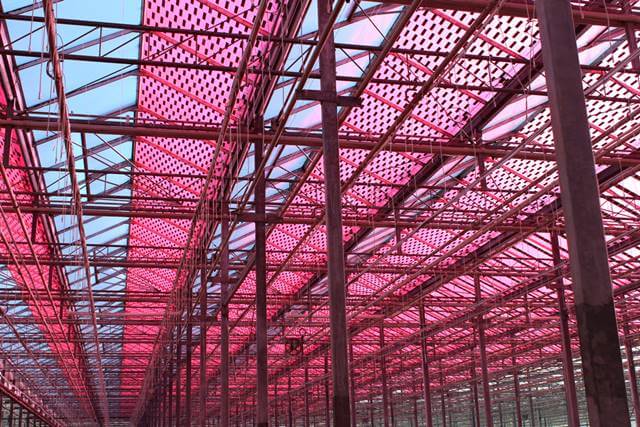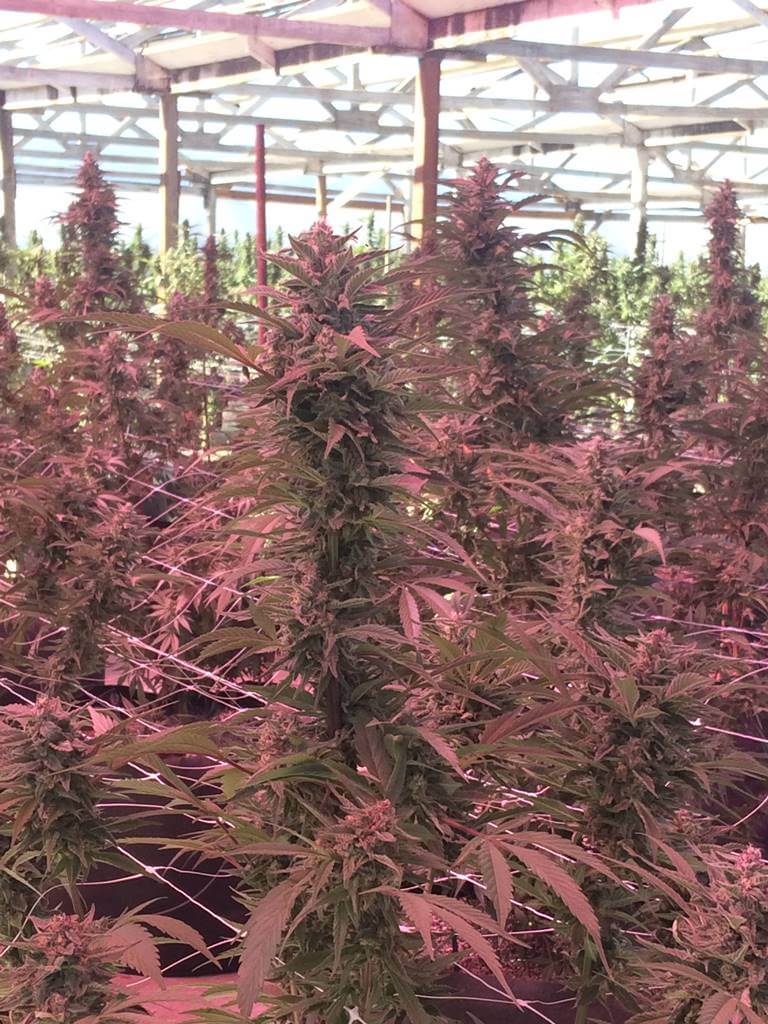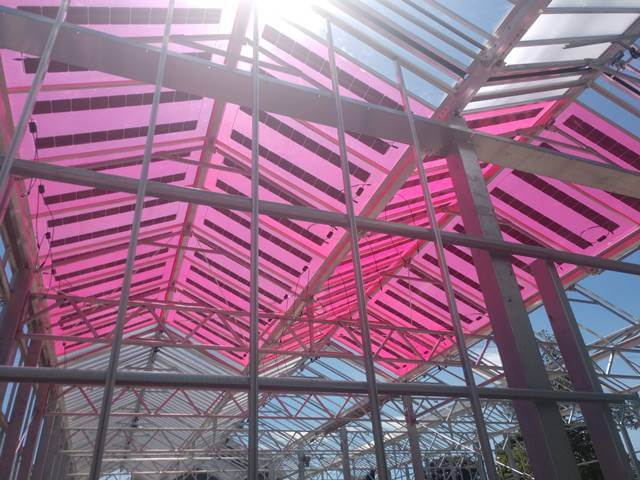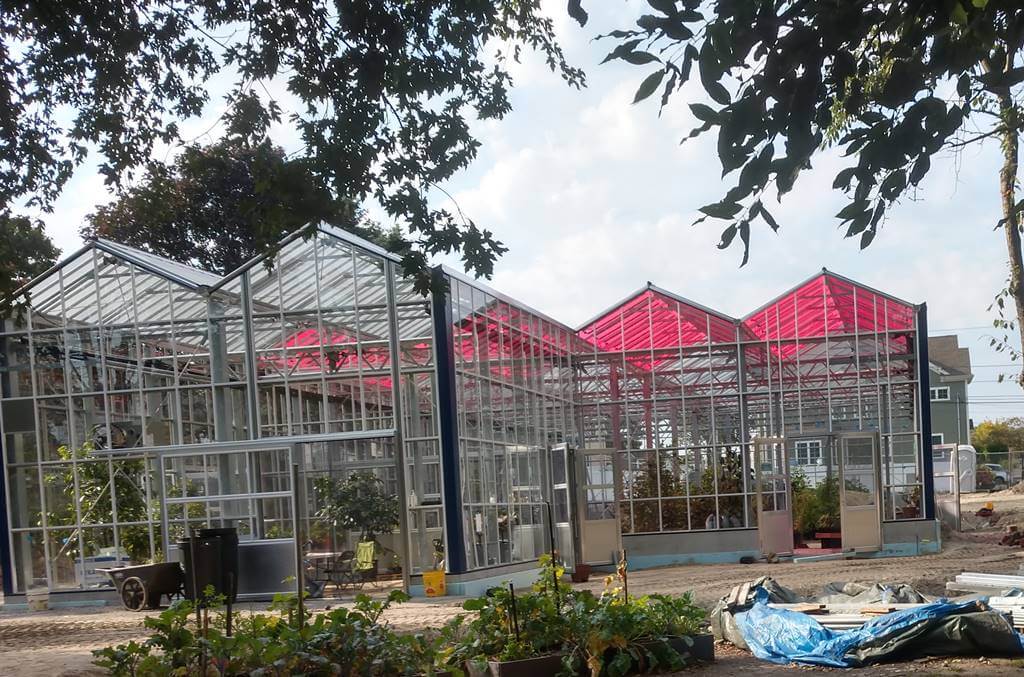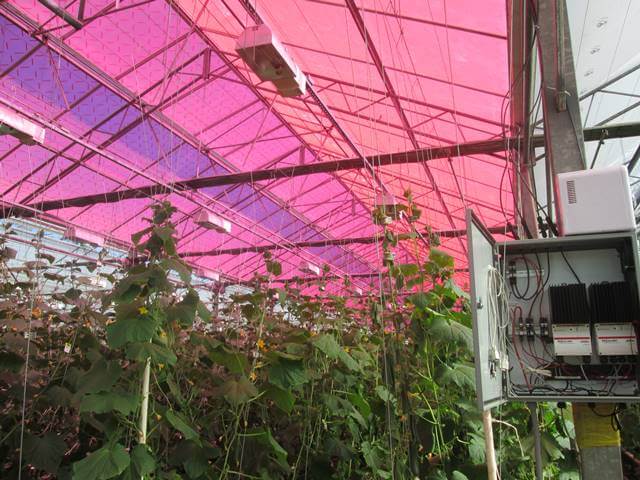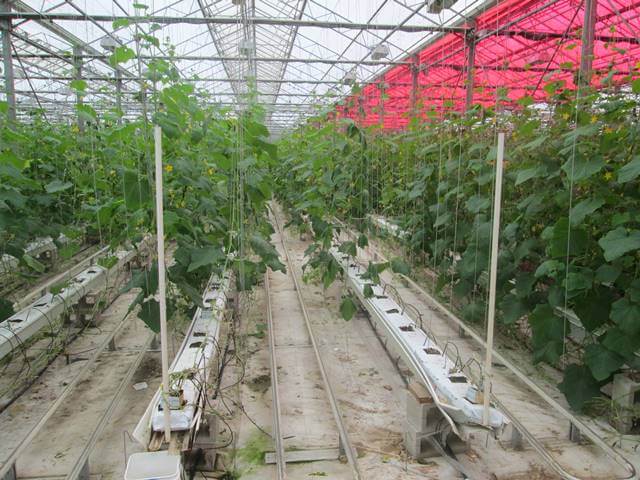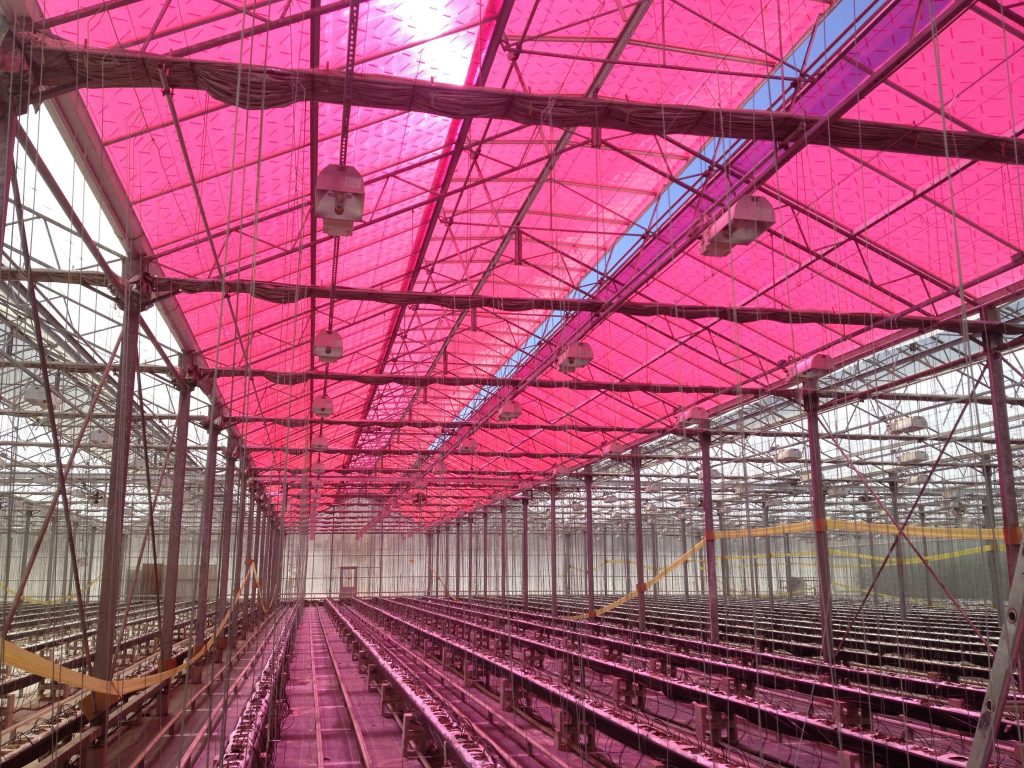Soliculture installs both commercial-scale and research LUMO energy systems. Research projects have allowed Soliculture to monitor plant response to the altered light spectrum under LUMO, as well as confirm energy production and product reliability. Locations were selected in order to test plant responses in a range of climates. Careful monitoring is on-going and guides system design and product developments.
High Tunnel Application
Kitayama Brother, Inc.
College Research Greenhouse
University of California, Riverside
University of California, Santa Cruz
Edmonton, Alberta
Ontario, Canda
Southern California
Whiskey Hill Organic Farms
Grid-Tied System
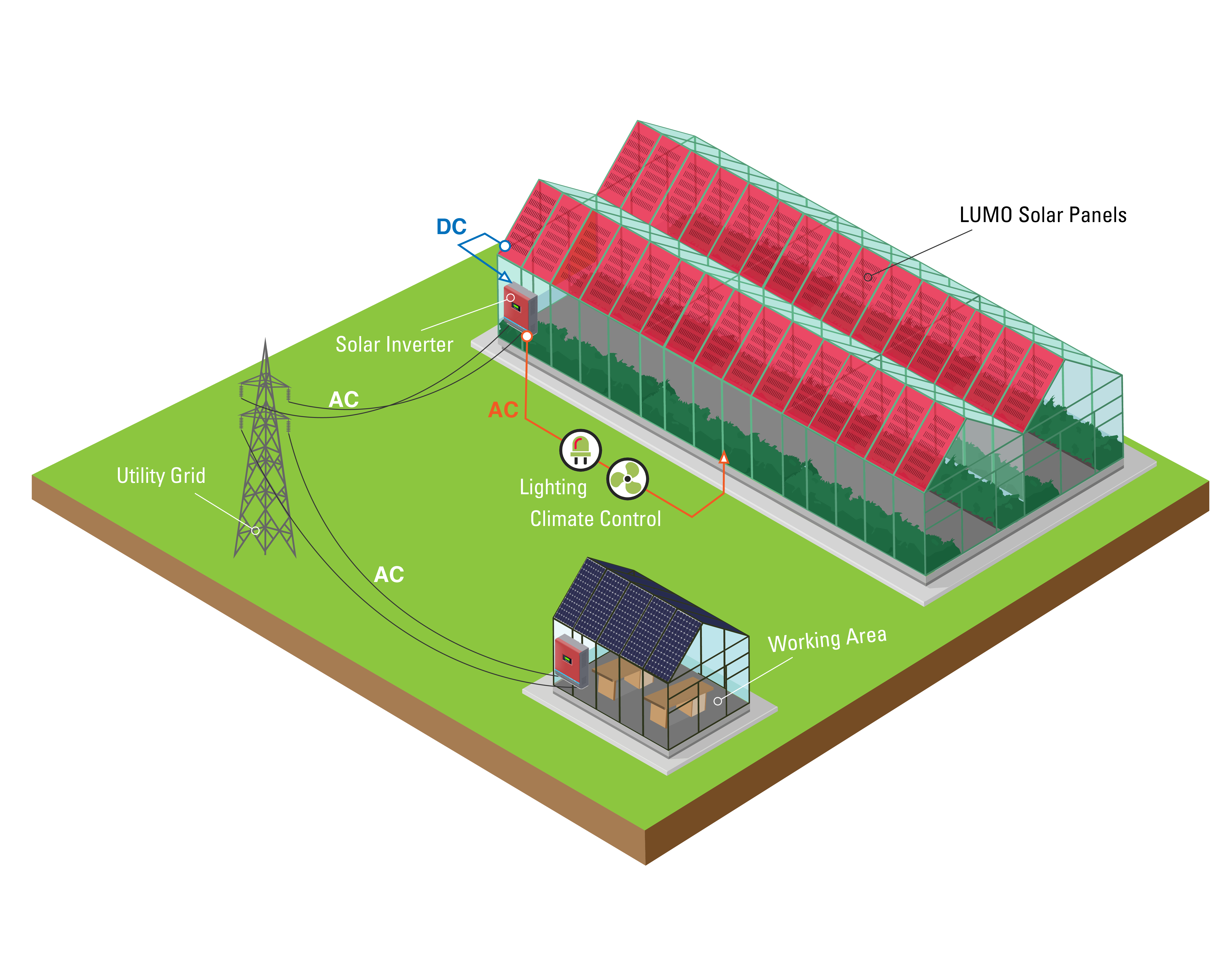
Grid-tied LUMO solar systems generate electricity for your business and route excess power to the electric utility grid for compensation from the utility company. By customizing the LUMO solar system to your annual energy usage, you can zero-out your electricity cost when net metering is available.
Off-Grid System
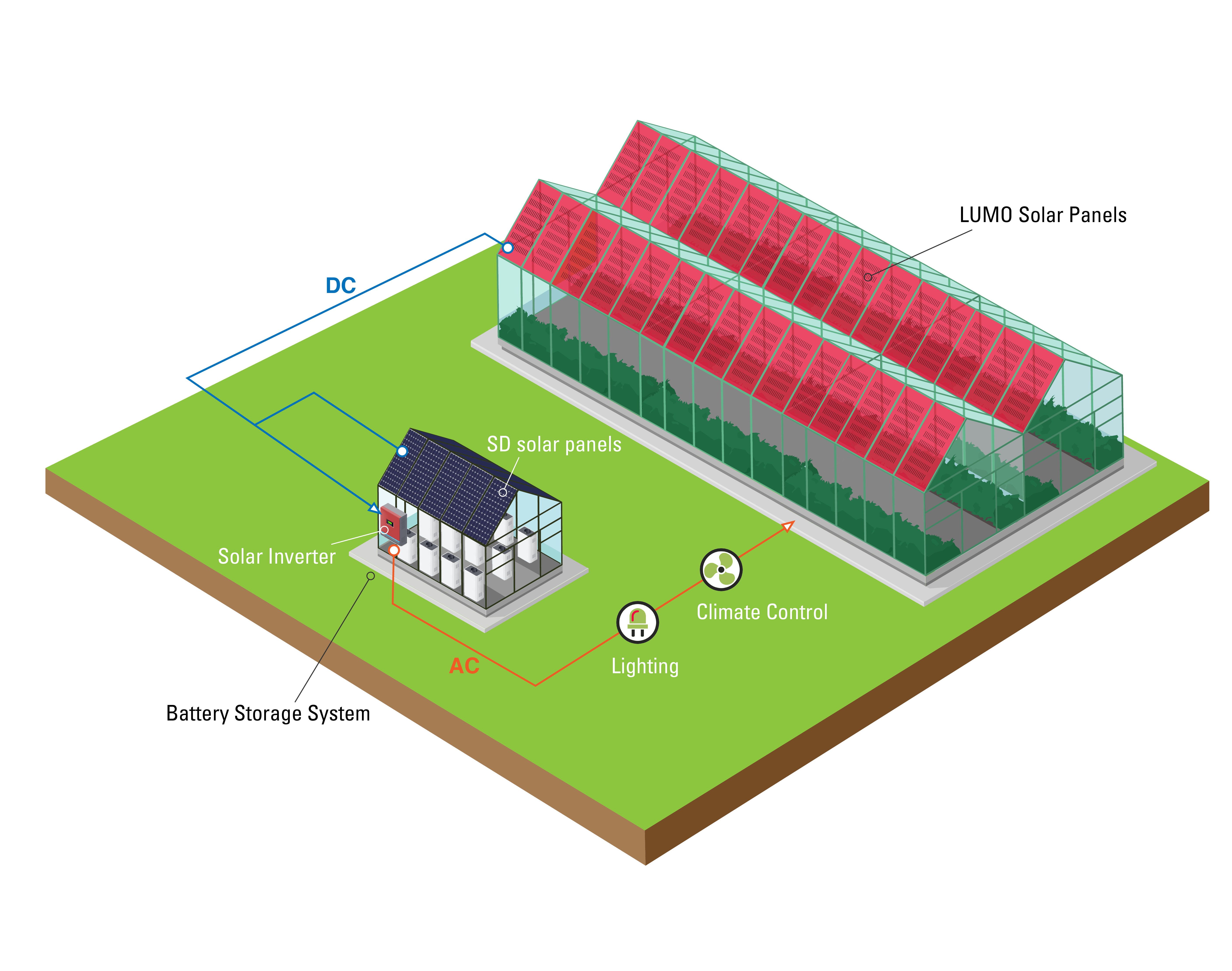
Soliculture’s off-grid LUMO greenhouse combines solar energy with powerful battery technology, allowing you to store solar generated electricity for energy needs throughout the day and night. This modular system includes LUMO solar, advanced battery technology, and high-efficiency supplemental lighting. For each application, these off-grid systems are customized to ensure compatibility with your project’s lighting and climate control requirements.
For maximum energy production, our Standard Density (SD) solar panels can supplement LUMO when installed over work and storage areas, such as the battery housing unit.

